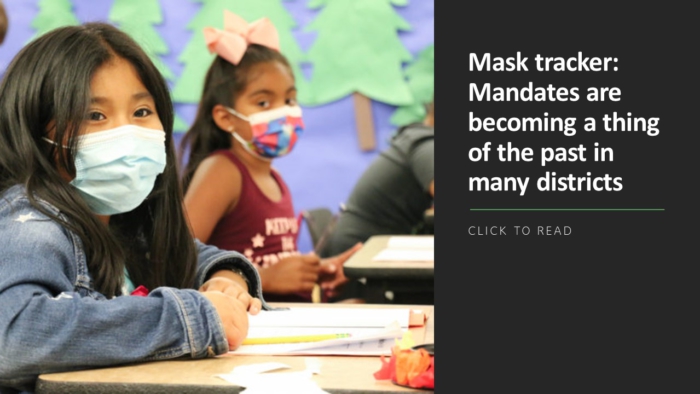How are local districts planning to spend their critical Elementary and Secondary School Emergency Relief (ESSER III) funds?
The majority—whether in cities, suburbs, towns or rural locations—plan to devote key portions to boost their academic workforce. That’s no surprise given how challenged school districts nationwide have been in retaining and maintaining educator and substitute levels before and during the COVID-19 pandemic.
However, there are plenty of differences among those different subgroups when it comes to the monies they’ll outlay toward other needs. They are nicely outlined in a study done by the think tank FutureEd, which closely surveyed data of around 2,500 districts provided by the National Center for Education Statistics.
For example, while transportation will be a key target for rural districts, it won’t garner nearly the same attention in suburban districts. City systems are far more likely to be spending on connectivity than those in towns. And both city and suburban districts will devote nearly double what rural districts plan to invest in mental health and social-emotional learning.
“While there are shared challenges, the pandemic frequently looks different in a small, rural school district than in a big city or suburb,” said FutureEd Director Thomas Toch. “Transportation challenges are magnified, with fewer students spread across wider areas. And mental health professionals are often harder to find.”
When it comes to top priorities other than educator staffing, all locations were fairly aligned in stating they will be focused on summer learning as well as improving their HVAC infrastructure. Numbers for each category were either at 50% or higher (with cities most wanting new ventilation and air conditioning at 58%). A third or more of all districts plan to further invest in afterschool and instructional materials, with FutureEd noting that a couple of them plan to devote more than 10% of their budgets to improved technology and devices. For now, those are all the results of pandemic impacts.
“The plans could well change over the three years that local agencies have to use this round of federal aid,” said FutureEd Associate Director Phyllis W. Jordan, co-author of the analysis. “But this gives us a real sense of what districts are prioritizing for Covid recovery.”
Here is a breakdown of the top five spending priorities for each area from the sample size of the districts, which account for half of all of the $122 billion spending plans:
City districts: 1. Teachers (58%) and HVAC (58%); 3. Summer learning (56%); 4. Professional development (46%); 5. SEL (43%)
Suburban districts: 1. Teachers (63%); 2. Summer learning (52%); 3. HVAC (50%); 4. Professional development (41%); 5. Afterschool and instructional learning (32%)
Towns: 1. HVAC (54%); 2. Teachers (53%); 3. Summer learning (51%); 4. Professional development (43%); 5. Instructional materials (36%)
Rural districts: 1. Teachers (54%); 2. Summer learning (52%); 3. HVAC (51%); 4. Professional development (43%); 5. Instructional materials (42%)
As far as the lowest priority for individual locations, support staff ranked lowest for rural and city districts at 15%. Connectivity is not as needed as most other line items in suburbs and towns, at less than 20%.









